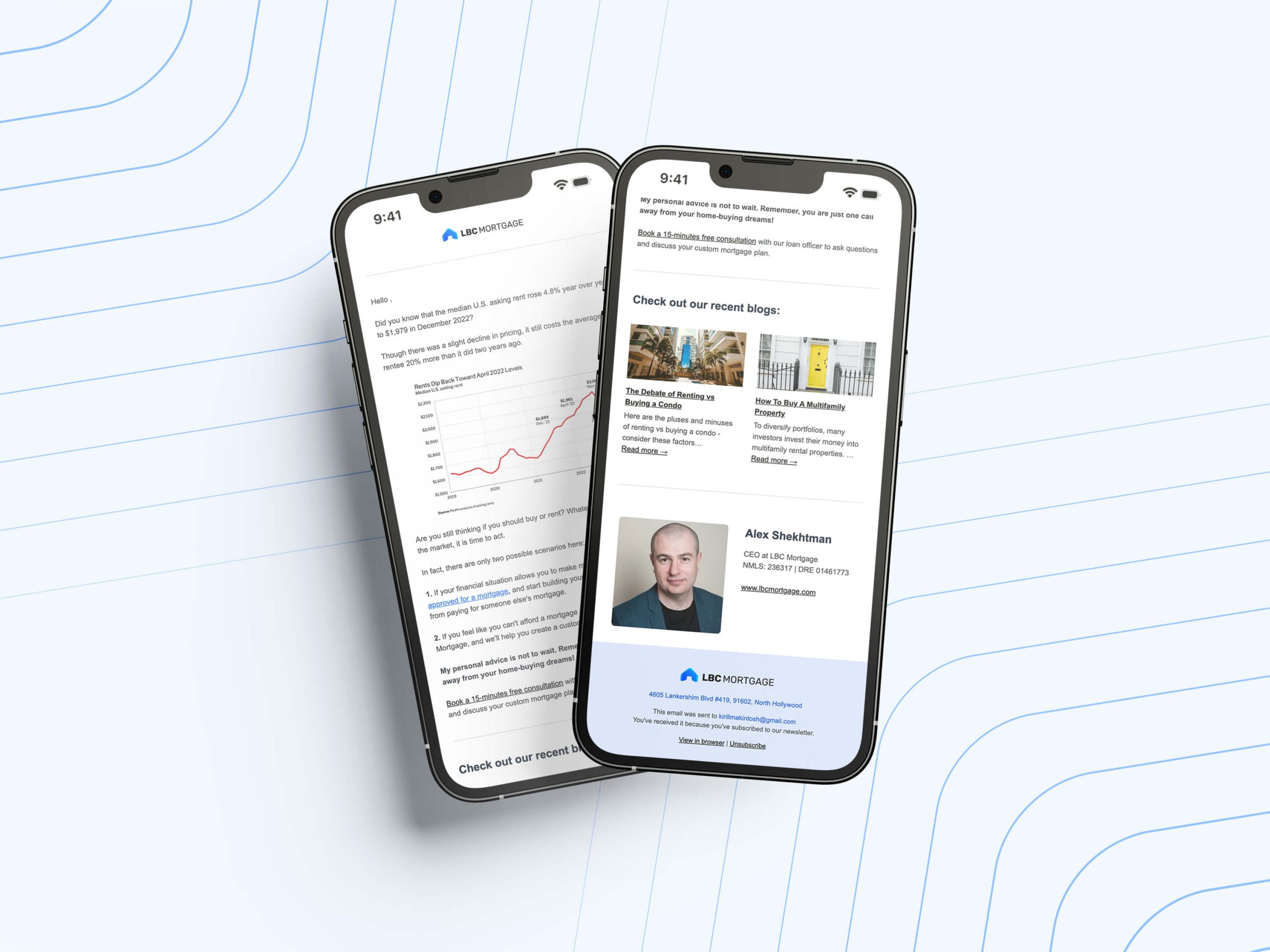Many began to understand the costs of living in big cities. Today, people increasingly seek to acquire additional real estate outside large urban agglomerations. But how can such a trend be of interest primarily to us investors? Acquiring, renting, and selling real estate in places not densely populated is a thing on which you can make good money, especially considering various federal programs for preferential mortgages. This article will focus on the so-called USDA, which is not particularly known to the general public, and how it benefits investors. Let’s see how a USDA loan works and how it can help you earn.
What is USDA?
USDA is a home loan with zero down payment mortgage for homebuyers in rural and suburban areas. It also offers low-interest rates, which again looks extremely attractive to people who know how to get the most out of it.
The government issues loans through the USDA Loan Program or the USDA Rural Development Housing Loan Program.
Urban areas are generally excluded from USDA programs, but there may be pockets of mortgage opportunities in the suburbs. Rural areas are always eligible to participate.
According to the USDA, a rural area is defined as an open area, not part of an urban area. There are also requirements for population sizes, which can be as high as 35,000, depending on the designation of the territory. According to the agency’s broad definition, approximately 97% of the country’s land is eligible for a rural development loan, which includes about $100 million. Human. The district map on the Ministry’s website showcases each ZIP code in a unique color, allowing for easy identification.
There are three USDA Home Loan Programs:
- Loan guarantees — USDA guarantees a mortgage issued by a participating local lender, similar to an FHA loan and VA-secured mortgages (under the US Army Veterans Special Program). This allows you to get low mortgage interest rates without a down payment. If you invest little or no money, you will have to pay a premium on mortgage insurance — PMI. It is about 150-250 dollars a month.
- Direct loans — these USDA mortgage loans are for low and very low-income applicants. Income thresholds vary by region. With subsidies, interest rates can be as low as 1%. Thus, the Ministry stimulates life in the countryside and employment in tiny towns with a population of up to 1,000 inhabitants.
- Home improvement loans and grants — these loans or direct financial payments allow homeowners to repair or upgrade their homes. Packages can also combine loans and grants, providing assistance up to $27.5k. You can take out a loan to install solar panels (although some states have their regional subsidy programs) or add another room to your home by building it out of the basement.
USDA Requirements
- Income limits. For loan guarantees, income limits vary by location and family size. To determine the income limit for loan guarantees for your county, look at the USDA map and table.
- Citizenship or legal residence in the United States.
- The monthly payment, including principal, interest, insurance, and taxes, is 29% or less of your adjusted monthly income.
- Other monthly debt payments must be at most 41% of your income. However, the USDA will consider higher debt ratios if your credit score exceeds 680.
- Reliable income, usually a minimum of 24 months.
- Adjusted household income (income for the year at your disposal, after taxes) must be equal to or less than 115% of the median income for the region.
- In order to be eligible, you must have a satisfactory credit history and no accounts subject to government enforcement within the past 12 months. If you can show that your credit was affected by circumstances that were temporary or beyond your control, including medical emergencies, you may still be eligible.
- Applicants with a credit score of 640 and above receive special privileges. As such, you must meet stricter underwriting standards. You may also qualify for a non-traditional credit history. Applicants with a credit score of 640 and above receive simplified application processing. Those with lower scores may need help with approval deadlines. And those with no credit score or limited credit history may qualify for “non-traditional” credit reports such as rent and utility bills.
- Suppose you’ve used USDA assistance to purchase a property. In that case, it’s important to note that the property must be your primary residence in a rural area that meets state qualifications.
Please note that the loan is not applicable for purchasing any income-generating property. If the property contains barns, silos for underground feed storage, commercial greenhouses, or livestock buildings that are no longer in use for commercial purposes. In that case, the property may still be eligible for profit.
What profit can an investor get from this program?
The less we spend on asset ownership, the better. You can put this money into the market and your pension if you have a minimum down payment. Thus, creating an airbag and making repairs in the house with their own hands, doubling the Equity in the home. Any of these strategies entail both risks and benefits.
How USDA loan works. Conclusion
The USDA Loan Program is an excellent tool for obtaining significant benefits, albeit with a bunch of internal requirements. Use this program or any other, and it’s up to you personally. And if you want to learn more about mortgage programs and choose the perfect option, sign up for a consultation at LBС Mortgage. We will tell you everything you were embarrassed to ask about mortgage financing and select the perfect option.
